Home>Home Appliances>Kitchen Appliances>How To Clean An Espresso Machine With Vinegar
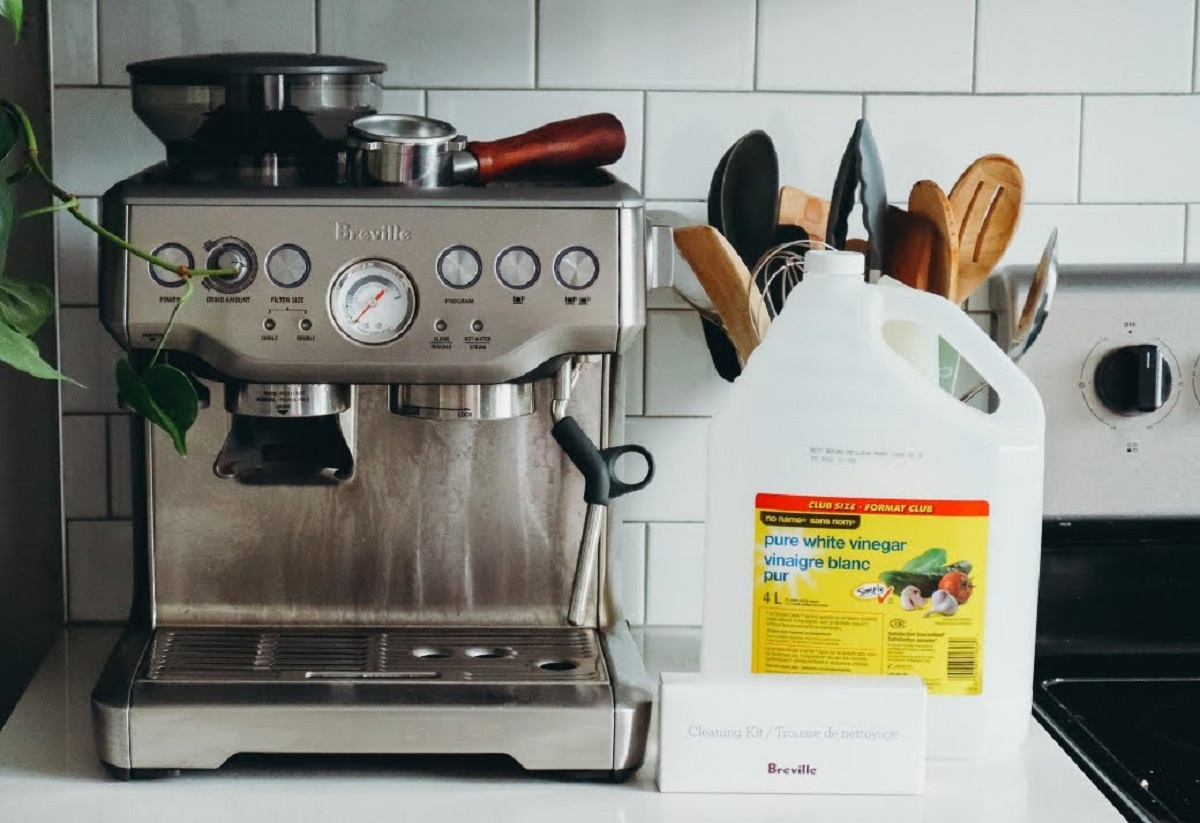

Kitchen Appliances
How To Clean An Espresso Machine With Vinegar
Modified: February 25, 2024
Learn how to effectively clean your espresso machine using vinegar to keep your kitchen appliances in top condition. Follow our step-by-step guide now!
(Many of the links in this article redirect to a specific reviewed product. Your purchase of these products through affiliate links helps to generate commission for Storables.com, at no extra cost. Learn more)
Introduction
Welcome to the world of espresso, where the rich aroma of freshly brewed coffee tantalizes the senses and kickstarts the day. If you're a proud owner of an espresso machine, you understand the unparalleled joy of crafting the perfect shot of espresso. However, to ensure that your machine continues to deliver exceptional coffee, it's crucial to maintain its cleanliness. In this guide, we'll delve into the art of cleaning an espresso machine with vinegar, a natural and effective method that can revitalize your machine and enhance the flavor of your espresso.
Cleaning an espresso machine may not be the most glamorous aspect of coffee brewing, but it's undeniably essential. Over time, mineral deposits, coffee oils, and impurities can accumulate within the machine, leading to a decline in performance and flavor. Neglecting regular cleaning can result in clogged filters, diminished water flow, and a bitter taste in your espresso. By incorporating a simple yet powerful ingredient like vinegar into your maintenance routine, you can ensure that your espresso machine operates at its best, producing delectable coffee with every brew.
Join me as we explore the reasons for choosing vinegar as a cleaning agent, the materials needed for the process, and the step-by-step instructions for effectively cleaning your espresso machine. Additionally, I'll share valuable tips for maintaining your machine's pristine condition, prolonging its lifespan, and preserving the integrity of your espresso. Let's embark on this journey to elevate your coffee experience through the art of cleaning an espresso machine with vinegar.
Key Takeaways:
- Keep your espresso machine clean with vinegar to remove mineral deposits, preserve flavor, and save money on eco-friendly maintenance.
- Regular descaling and thorough cleaning of accessories can prolong your espresso machine’s lifespan and ensure consistently exceptional coffee.
Read more: How To Clean Washer With Vinegar
Why Clean Your Espresso Machine with Vinegar
Before we delve into the specifics of using vinegar to clean your espresso machine, let’s understand why this natural ingredient is a preferred choice for maintaining the pristine condition of your beloved appliance.
Effective Removal of Mineral Deposits: Over time, minerals from water, such as calcium and magnesium, can accumulate within the internal components of your espresso machine. These deposits, often referred to as scale, can hinder the machine’s performance and compromise the flavor of your espresso. Vinegar, particularly white vinegar, is renowned for its ability to dissolve mineral deposits, making it an ideal solution for descaling your espresso machine.
Natural Degreaser: Coffee oils, also known as coffee residue, can build up within the machine, affecting the taste and quality of your espresso. Vinegar serves as a natural degreaser, effectively breaking down and removing these oils without the need for harsh chemical cleaners. This gentle yet potent cleaning action ensures that your espresso maintains its rich, unadulterated flavor with every brew.
Eco-Friendly and Cost-Effective: Using vinegar to clean your espresso machine aligns with sustainable and eco-friendly practices. Unlike commercial descaling solutions that may contain harsh chemicals, vinegar offers a natural and environmentally conscious alternative. Additionally, vinegar is a cost-effective cleaning agent, readily available in most households and significantly more affordable than specialized espresso machine cleaners.
Prolonged Appliance Lifespan: Regular maintenance, including descaling with vinegar, can significantly extend the lifespan of your espresso machine. By preventing the accumulation of scale and residue, you minimize the risk of clogs, corrosion, and mechanical issues, ensuring that your machine continues to deliver exceptional espresso for years to come.
Preservation of Flavor and Aroma: The intricate components of an espresso machine, such as the boiler and brewing mechanisms, directly influence the flavor and aroma of the coffee it produces. By keeping these components free from scale and buildup, you preserve the purity of the coffee’s essence, allowing it to shine through in every cup.
Now that we’ve explored the compelling reasons to clean your espresso machine with vinegar, let’s proceed to the essential materials needed for this maintenance ritual.
Materials Needed
Embarking on the journey to clean your espresso machine with vinegar requires a few essential materials that are easily accessible and will facilitate the process. Before you commence the cleaning procedure, ensure that you have the following items at hand:
- White Vinegar: This pantry staple is the star of the show when it comes to descaling your espresso machine. Opt for distilled white vinegar, as it is free from impurities and additives, making it ideal for cleaning purposes.
- Water: High-quality, preferably filtered, water will be used in conjunction with vinegar to thoroughly cleanse the internal components of your espresso machine.
- Microfiber Cloth or Soft Towel: A gentle yet effective cleaning cloth is essential for wiping down the exterior of the machine and ensuring a polished finish.
- Blind Filter or Cleaning Disc: This specialized accessory is designed to facilitate the backflushing process, which is crucial for cleaning the group head and portafilter.
- Portafilter Basket: Remove the basket from the portafilter to allow for a comprehensive cleaning of this component.
- Backflush Detergent (Optional): If your espresso machine is equipped with a backflushing feature, a designated backflush detergent can enhance the efficacy of the cleaning process.
- Small Brush: A soft-bristled brush is invaluable for reaching and scrubbing intricate parts of the machine, such as the shower screen and gasket.
- Container or Pitcher: Use a container or pitcher to mix the vinegar solution and water before initiating the descaling procedure.
- Owner’s Manual: While not a physical material, the owner’s manual for your specific espresso machine is an indispensable resource. It provides valuable insights into the manufacturer’s recommended cleaning methods and maintenance guidelines tailored to your machine’s model.
With these materials at your disposal, you’re well-equipped to embark on the journey of revitalizing your espresso machine through the potent cleansing power of vinegar. In the subsequent section, we’ll delve into the comprehensive steps for effectively cleaning your espresso machine with vinegar, ensuring that every component is meticulously rejuvenated.
Run a mixture of equal parts white vinegar and water through the machine, then rinse with water. Wipe down the exterior with a vinegar-soaked cloth.
Steps to Clean Your Espresso Machine with Vinegar
Now that you’ve gathered the essential materials, it’s time to embark on the revitalizing process of cleaning your espresso machine with vinegar. Follow these step-by-step instructions to ensure a thorough and effective cleaning, restoring your machine to its optimal condition:
- Prepare the Vinegar Solution: Begin by mixing a solution of equal parts white vinegar and water in a container or pitcher. The precise quantity will depend on the capacity of your espresso machine, so refer to your owner’s manual for guidance. This solution will serve as the potent elixir that dissolves scale and eliminates residue from within the machine.
- Empty the Water Reservoir: Ensure that the water reservoir of your espresso machine is devoid of any remaining water. This step is essential to prepare the machine for the descaling process.
- Initiate the Descaling Cycle: In accordance with your machine’s specific descaling procedure outlined in the owner’s manual, commence the descaling cycle. This typically involves pouring the vinegar solution into the water reservoir and activating the machine to run the solution through its internal components. The acidic nature of vinegar will effectively dissolve mineral deposits and cleanse the intricate pathways within the machine.
- Flush with Fresh Water: Once the descaling cycle is complete, flush the machine with fresh water to eliminate any residual vinegar solution. This step is crucial to ensure that the lingering scent and taste of vinegar are thoroughly purged from the machine, preventing it from affecting the flavor of your future espresso brews.
- Clean the Exterior and Accessories: While the internal descaling process is underway, take the opportunity to wipe down the exterior of the espresso machine using a microfiber cloth or soft towel. Additionally, remove the portafilter basket and clean it thoroughly, ensuring that no coffee residue lingers within this component.
- Backflush the Group Head: If your espresso machine is equipped with a backflushing feature, utilize a blind filter or cleaning disc in conjunction with water to backflush the group head and portafilter. This process effectively cleanses the brewing components, ensuring optimal performance and flavor purity.
- Inspect and Clean Internal Components: Carefully inspect the internal components of the machine, such as the shower screen and gasket. Utilize a small brush to meticulously clean these intricate parts, removing any residual scale or residue that may have accumulated.
- Perform a Test Brew: Once the cleaning process is complete, run a test brew with fresh coffee to ensure that the machine is functioning optimally and that the flavor of the espresso remains uncompromised.
By meticulously following these steps, you can rejuvenate your espresso machine, ensuring that it operates at its peak performance and consistently delivers exceptional espresso with every brew. However, the journey to maintaining your espresso machine doesn’t end here. In the following section, we’ll explore additional tips for preserving the pristine condition of your machine and prolonging its longevity.
Additional Tips for Maintaining Your Espresso Machine
While cleaning your espresso machine with vinegar is a pivotal aspect of its maintenance, incorporating additional practices can further enhance its longevity and performance. Consider the following tips to preserve the pristine condition of your beloved appliance:
- Regular Descaling Schedule: Establish a consistent descaling schedule based on the water hardness in your area and the frequency of use. By adhering to a regular descaling regimen, you prevent the buildup of mineral deposits and ensure that your espresso machine continues to operate at its optimal capacity.
- Quality Water Source: Utilize high-quality water, preferably filtered, to brew your espresso. This not only enhances the flavor of your coffee but also minimizes the accumulation of scale within the machine. Quality water contributes to the longevity of your espresso machine and the purity of your espresso’s taste.
- Thorough Cleaning of Accessories: In addition to the machine itself, diligently clean accessories such as the portafilter, shower screen, and steam wand after each use. This practice prevents the buildup of coffee residue and ensures that these components contribute to the impeccable quality of your espresso.
- Regular Maintenance Checks: Periodically inspect the gaskets, seals, and other components of your espresso machine for signs of wear or damage. Promptly address any issues to prevent potential leaks or performance issues that may arise from worn-out parts.
- Steam Wand Purging: After each use of the steam wand, purge it briefly to expel any milk residue and prevent clogging. This simple yet crucial practice maintains the hygiene and functionality of the steam wand, ensuring consistent frothing performance.
- Storage and Usage Environment: Store your espresso machine in a clean, dry environment, away from direct sunlight and excessive heat. Additionally, operate the machine on a stable surface to prevent unnecessary vibrations and potential damage to internal components.
- Professional Servicing: Consider scheduling periodic professional servicing for your espresso machine, especially if you notice any irregularities in its performance. A professional technician can conduct thorough maintenance and address any underlying issues that may compromise the machine’s functionality.
By integrating these additional tips into your espresso machine maintenance routine, you can uphold the impeccable condition of your appliance, ensuring that it consistently delivers exceptional espresso and remains a cherished companion in your coffee-brewing endeavors.
As we conclude our exploration of maintaining an espresso machine with vinegar and additional tips for its care, it’s evident that a well-maintained machine is the gateway to consistently indulging in the exquisite flavors of freshly brewed espresso. With these insights and practices at your disposal, you’re empowered to elevate your coffee experience and savor the unparalleled delights of a meticulously maintained espresso machine.
Conclusion
Congratulations on embarking on the journey to discover the art of cleaning an espresso machine with vinegar and embracing the essential practices for maintaining its pristine condition. By delving into the realm of espresso machine maintenance, you’ve unlocked the key to preserving the integrity of your beloved appliance and ensuring that it continues to produce exceptional coffee with every brew.
Throughout this guide, we’ve illuminated the compelling reasons for choosing vinegar as a cleaning agent, emphasizing its effectiveness in removing mineral deposits, preserving flavor purity, and contributing to eco-friendly maintenance practices. The utilization of readily available materials, combined with a meticulous step-by-step cleaning process, has equipped you with the knowledge to revitalize your espresso machine and elevate your coffee-brewing experience.
Moreover, the additional tips for maintaining your espresso machine serve as invaluable guidelines for prolonging its longevity, preserving flavor quality, and upholding the impeccable performance of this cherished appliance. By integrating these practices into your maintenance routine, you’re poised to revel in the consistent delights of freshly brewed espresso while safeguarding the longevity of your machine.
As you embark on this journey of espresso machine maintenance, remember that each step taken to preserve and rejuvenate your appliance is a testament to your dedication to the art of coffee brewing. Whether you’re savoring a solo shot of espresso or crafting indulgent beverages for friends and family, a well-maintained espresso machine is the conduit through which the rich aromas and flavors of coffee are brought to life.
So, as you bid adieu to this guide, equipped with the knowledge and insights to maintain your espresso machine with finesse, may every cup of espresso brewed be a testament to your commitment to excellence and the artistry of coffee. Here’s to the aromatic symphony of espresso, crafted with care and precision, courtesy of a meticulously maintained espresso machine.
Frequently Asked Questions about How To Clean An Espresso Machine With Vinegar
Was this page helpful?
At Storables.com, we guarantee accurate and reliable information. Our content, validated by Expert Board Contributors, is crafted following stringent Editorial Policies. We're committed to providing you with well-researched, expert-backed insights for all your informational needs.
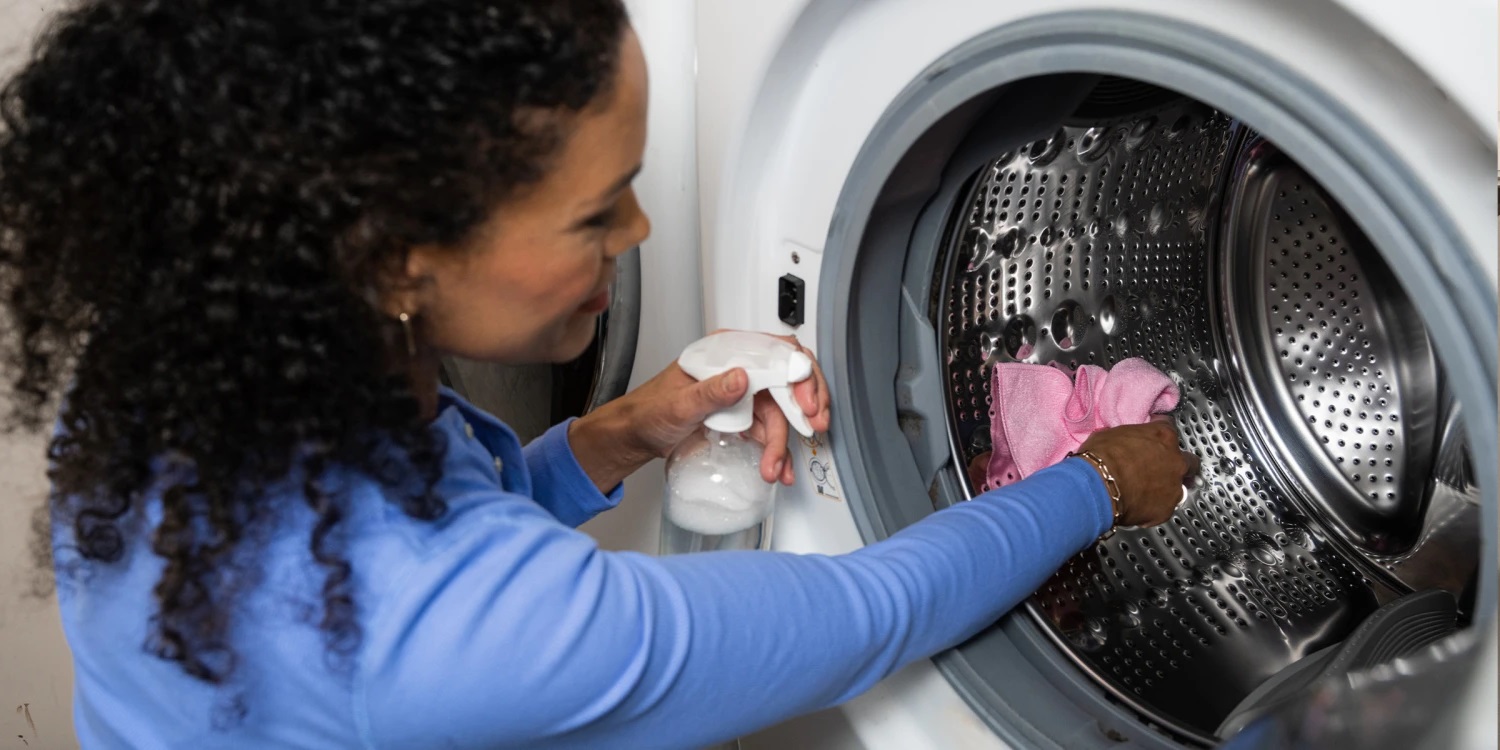

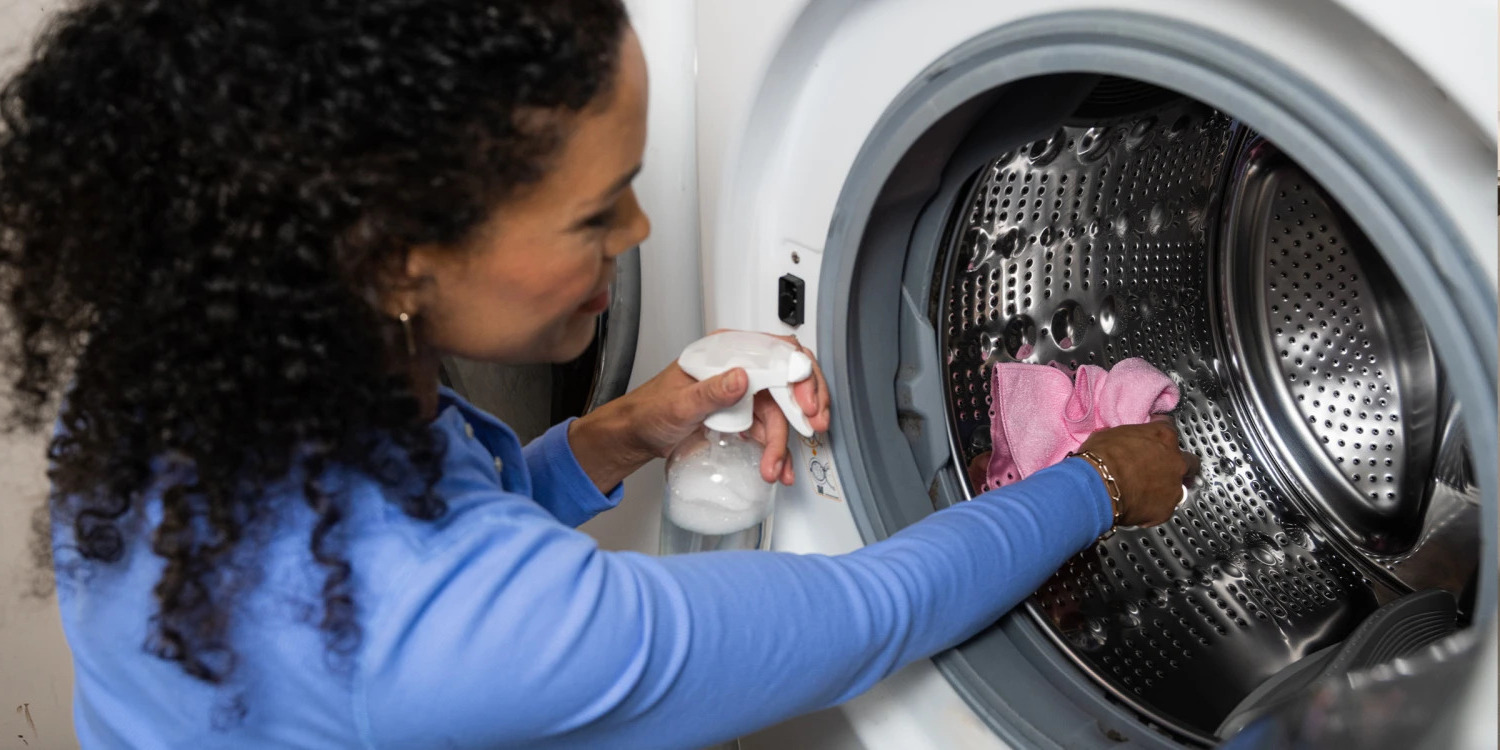
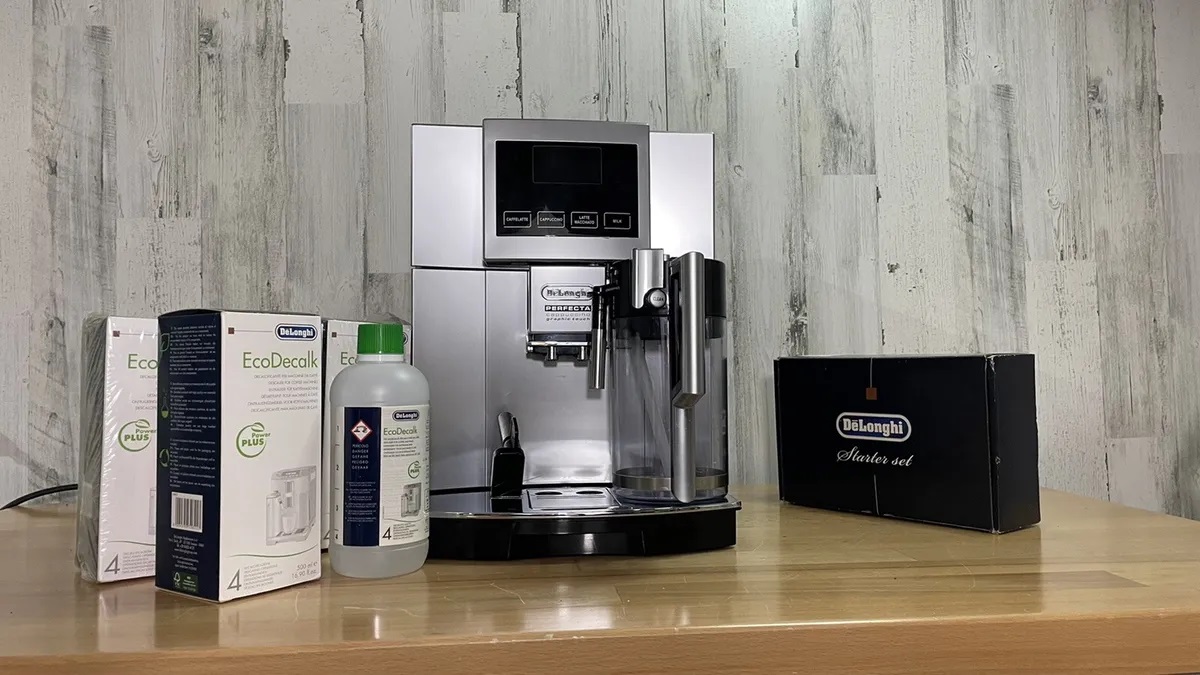
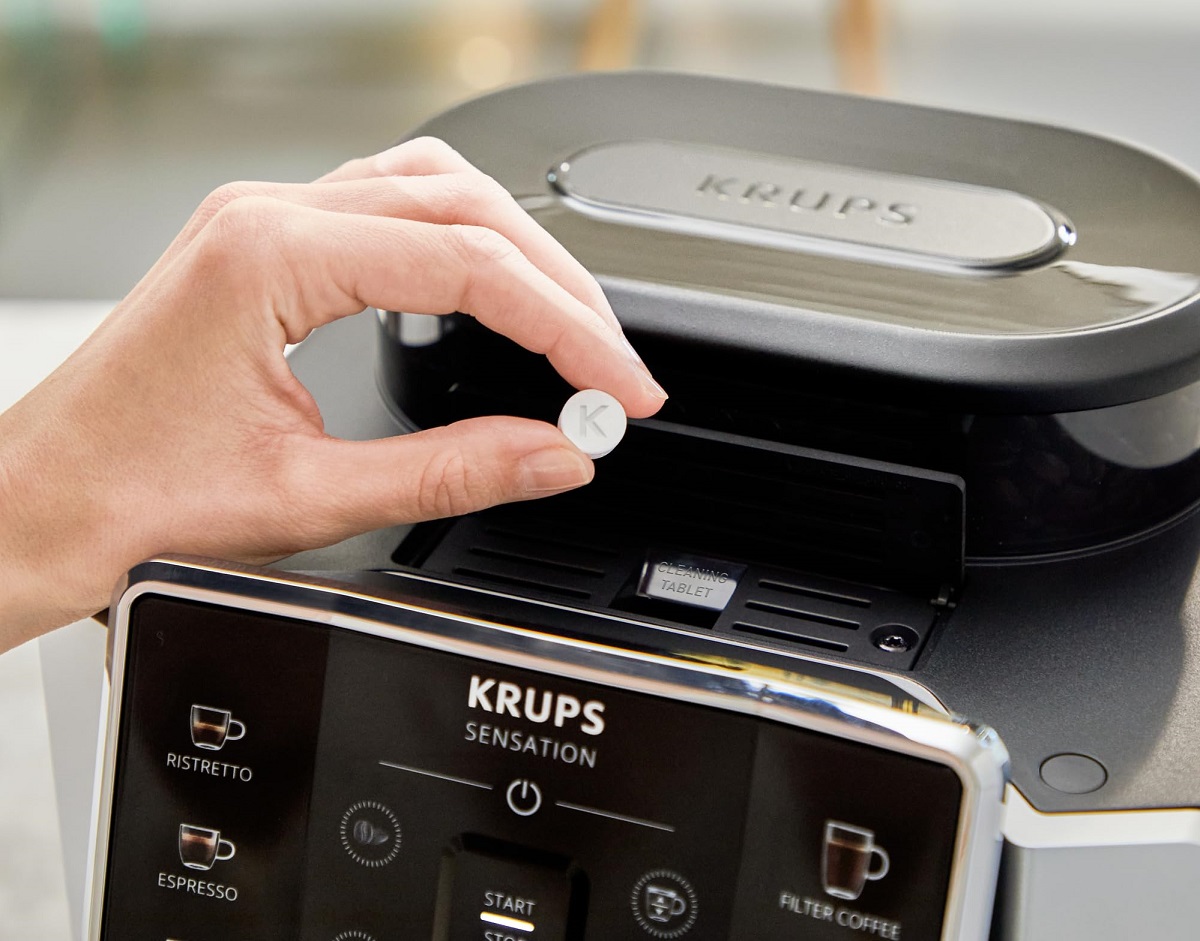
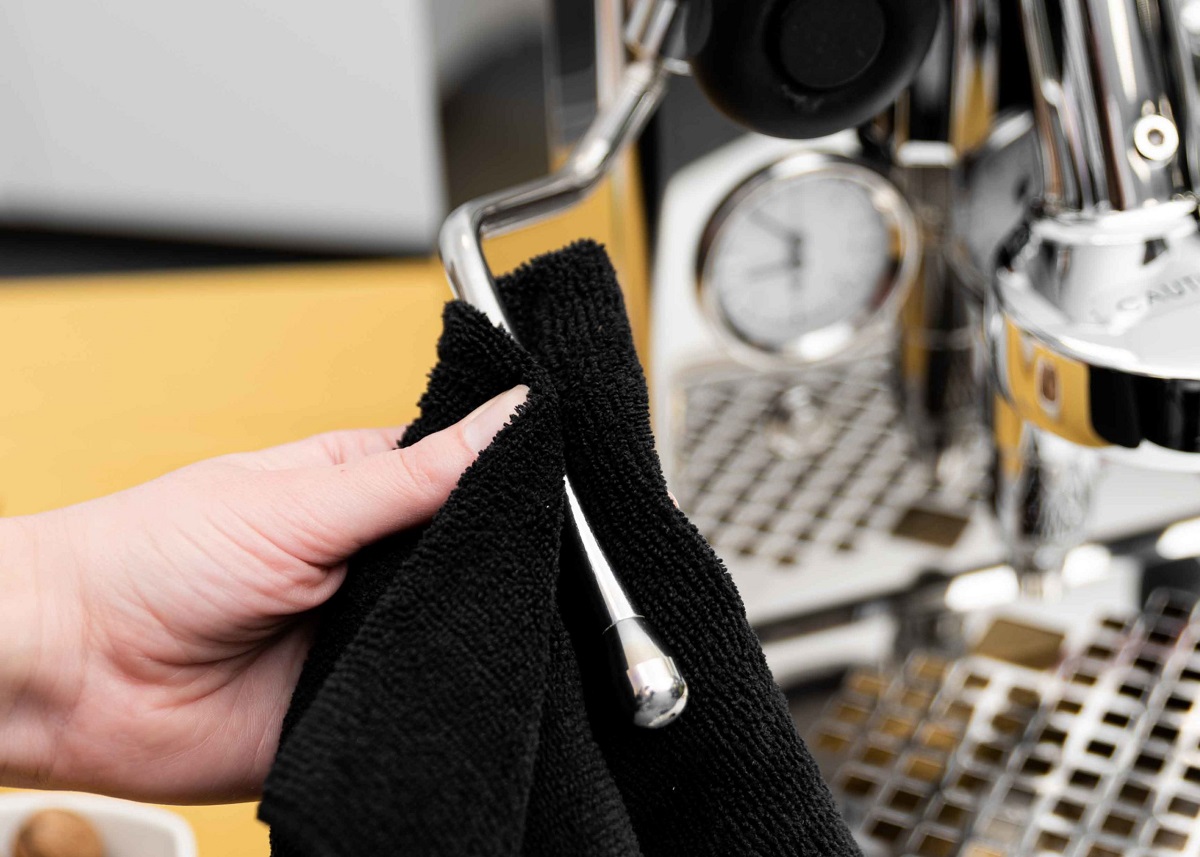

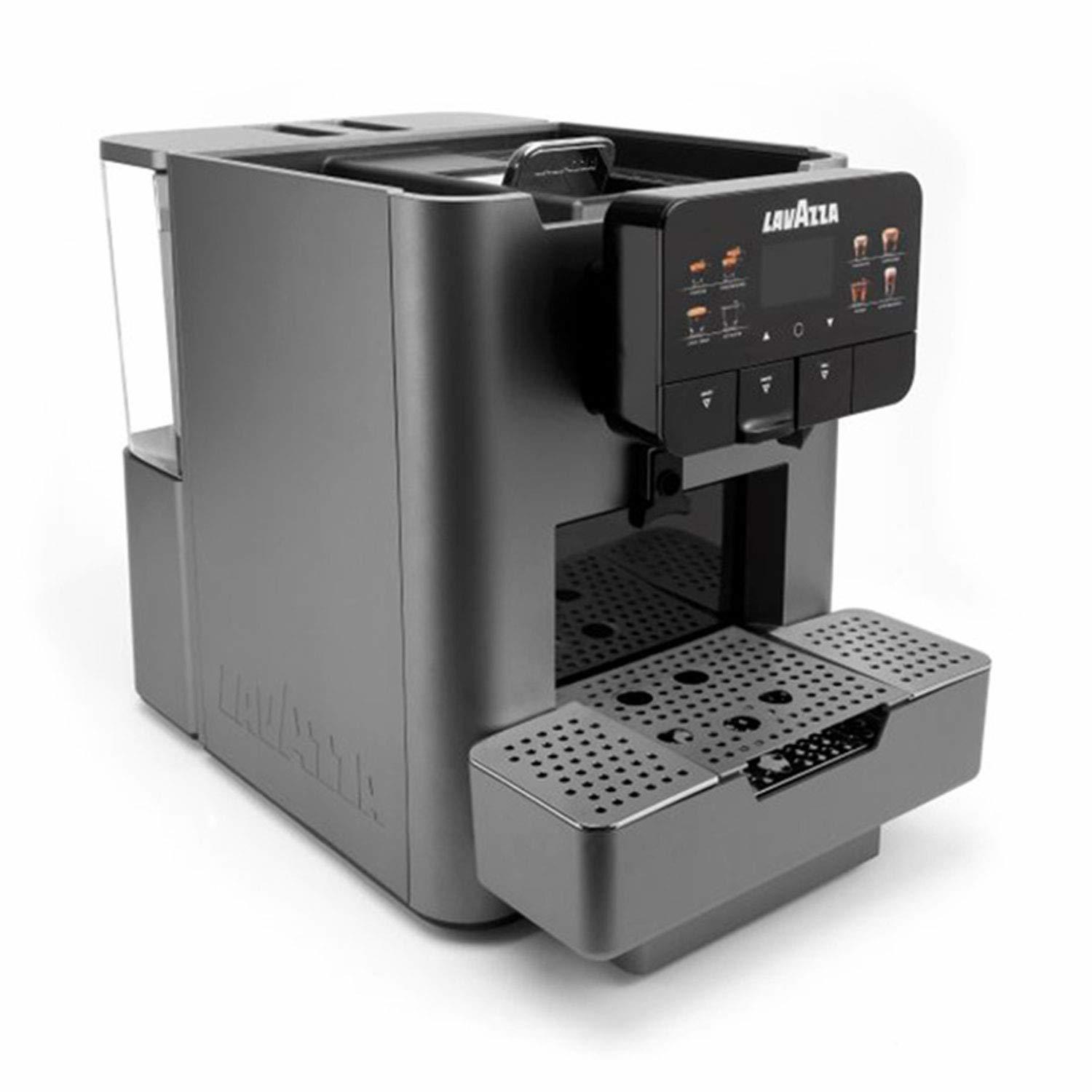
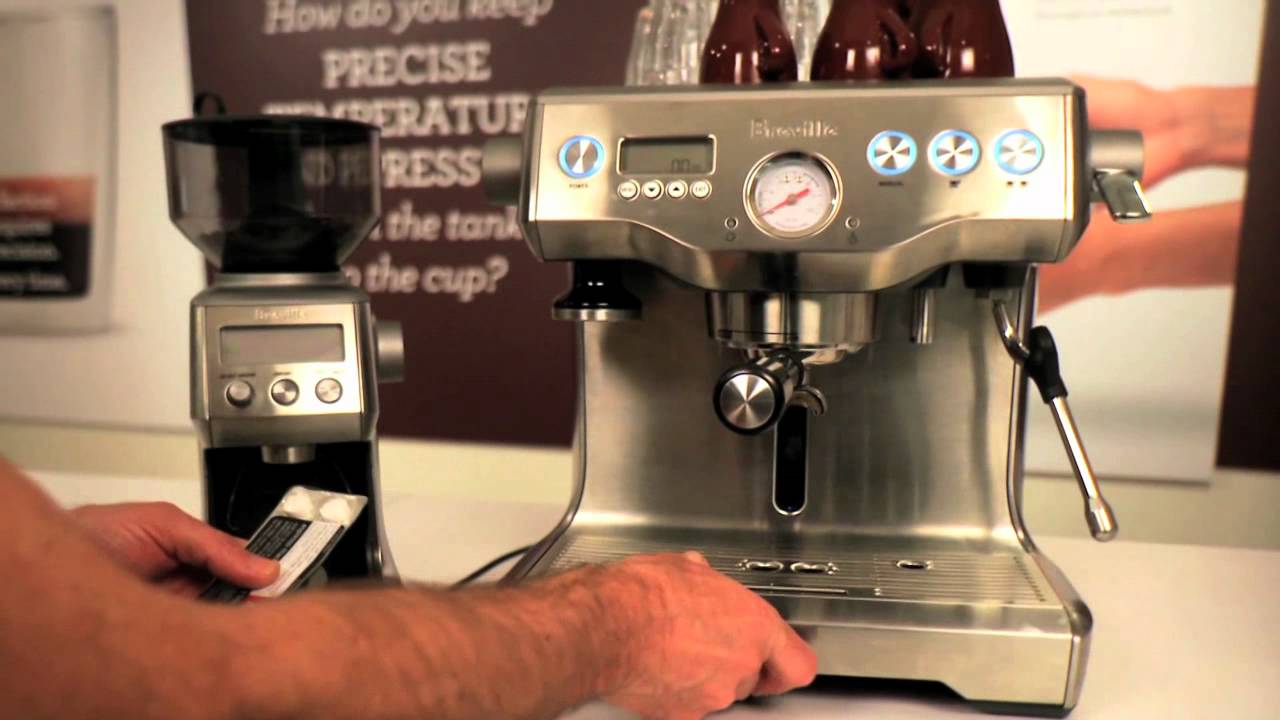
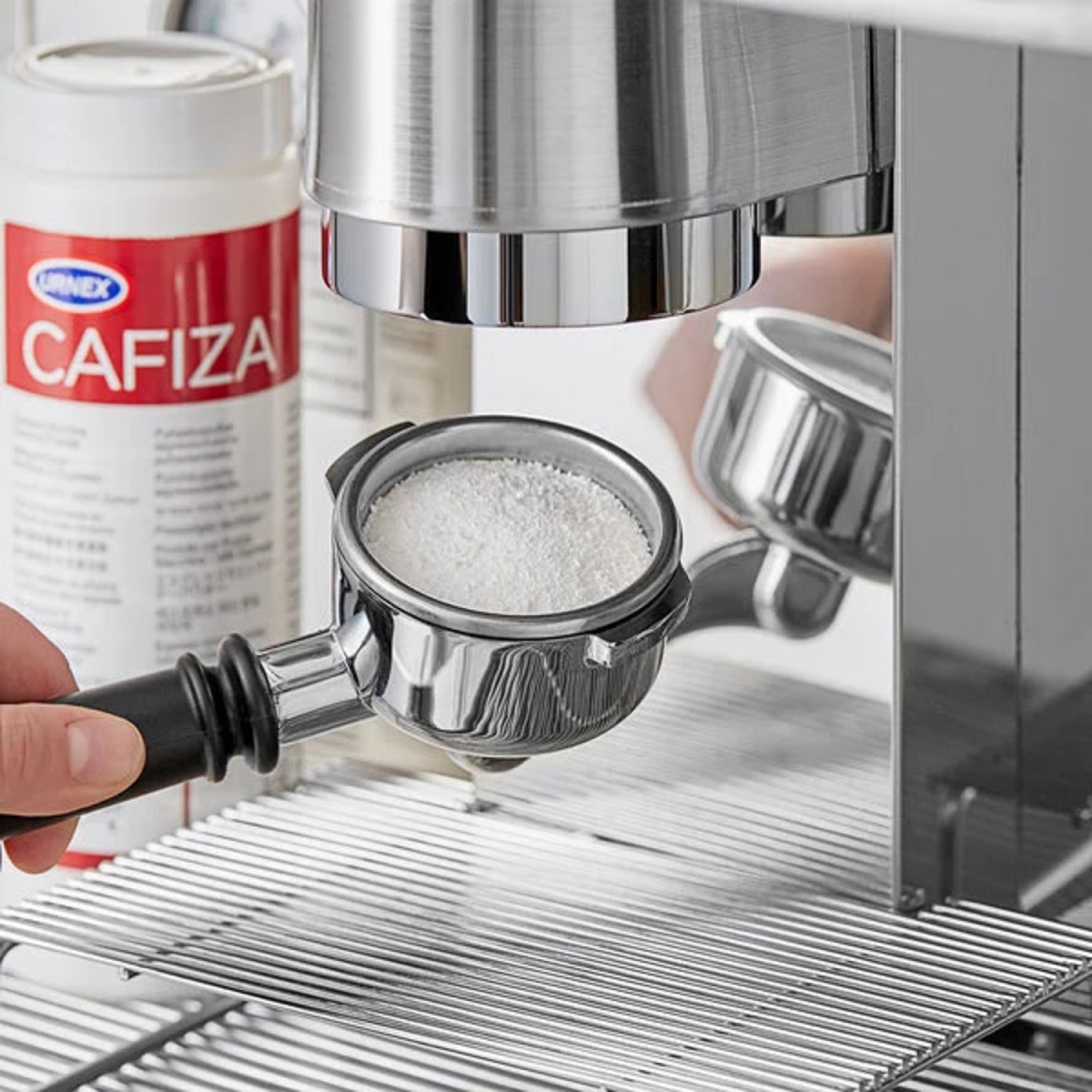
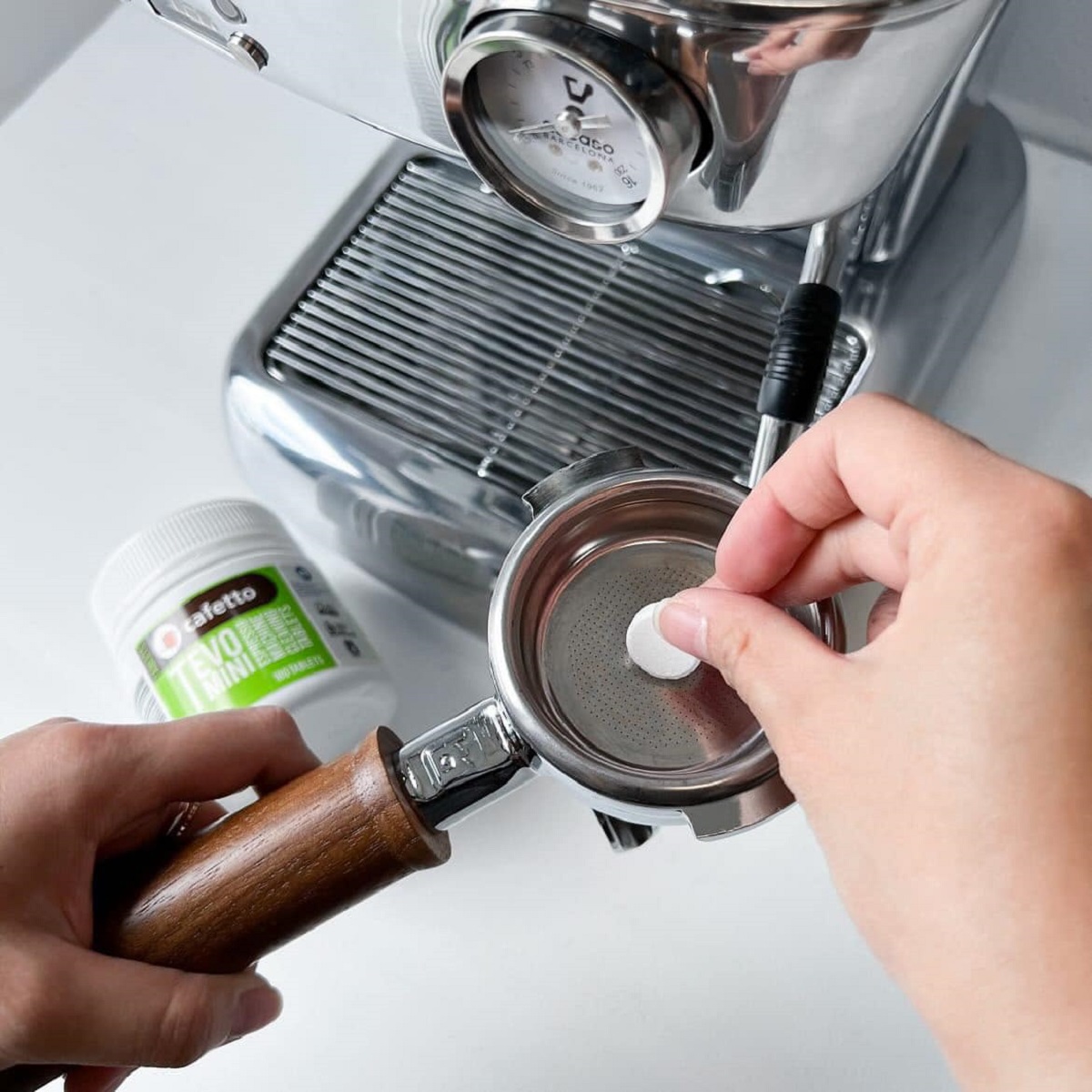

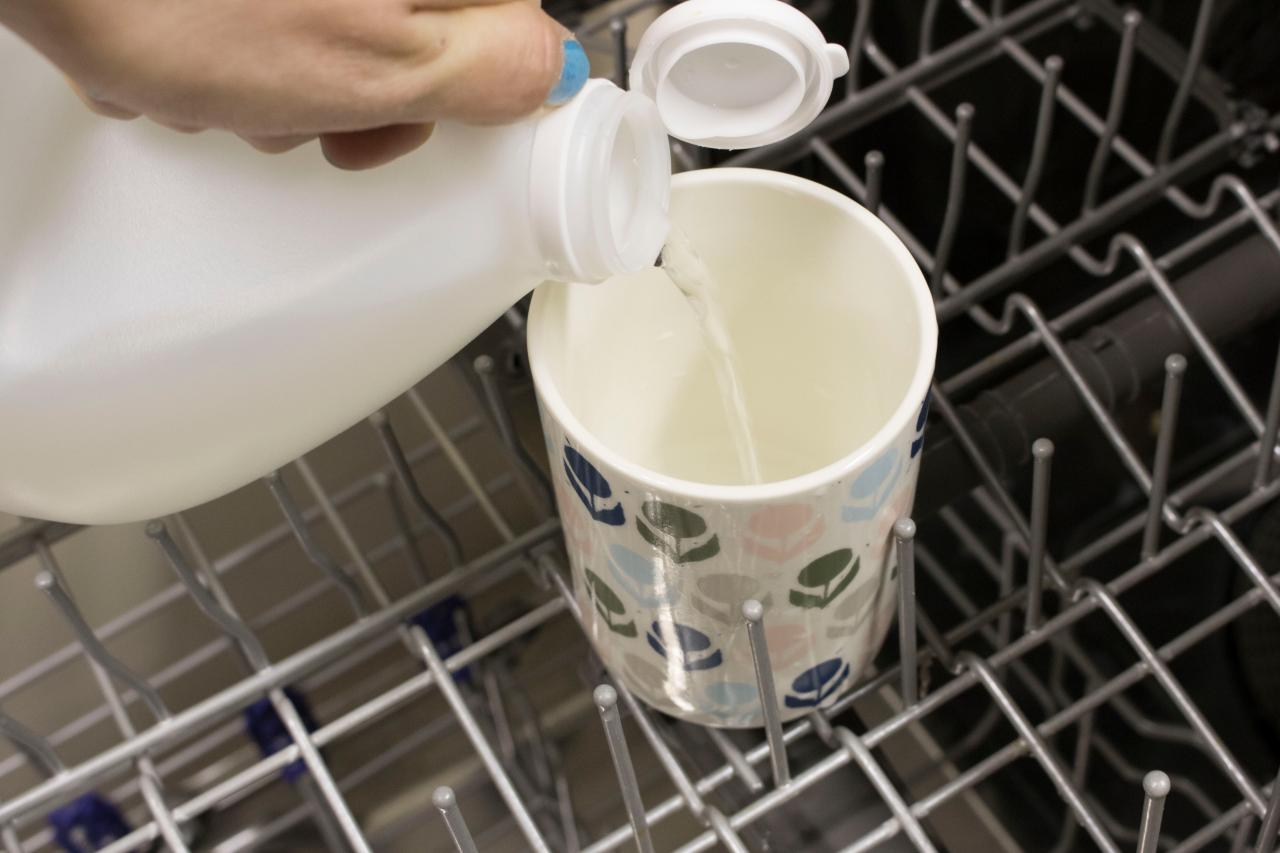
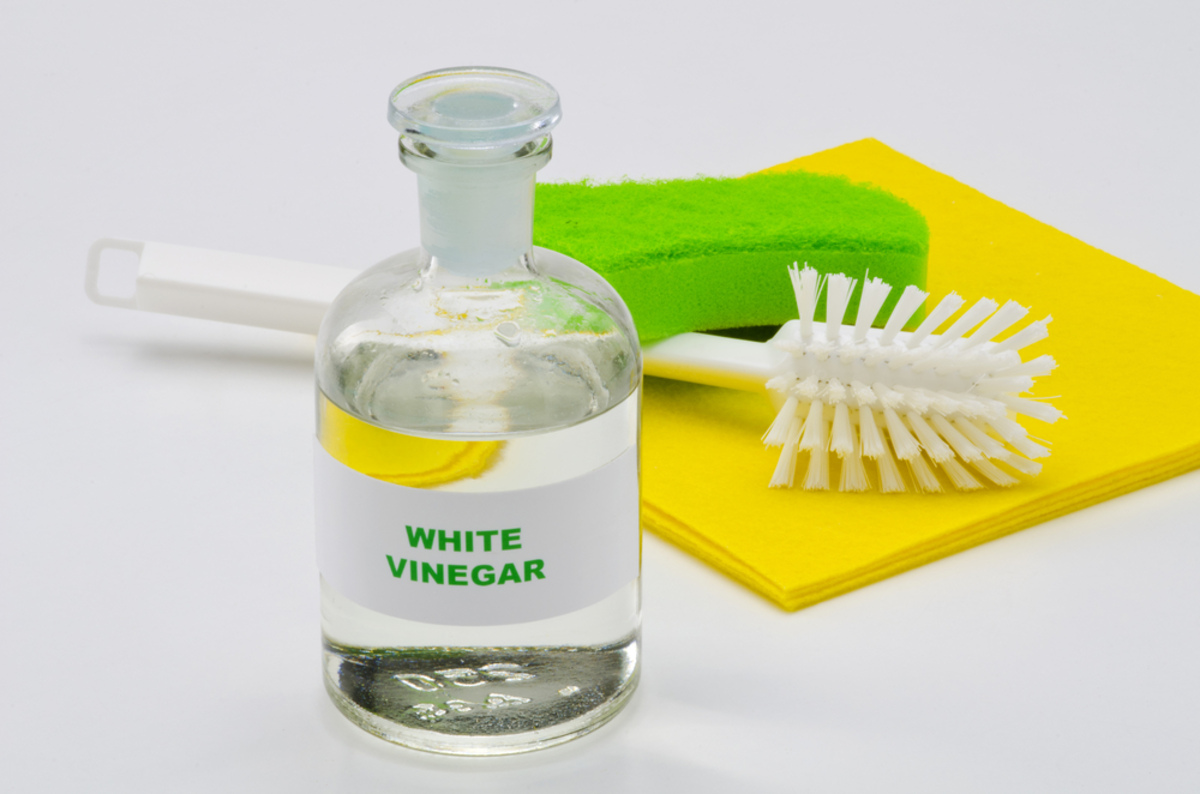

0 thoughts on “How To Clean An Espresso Machine With Vinegar”